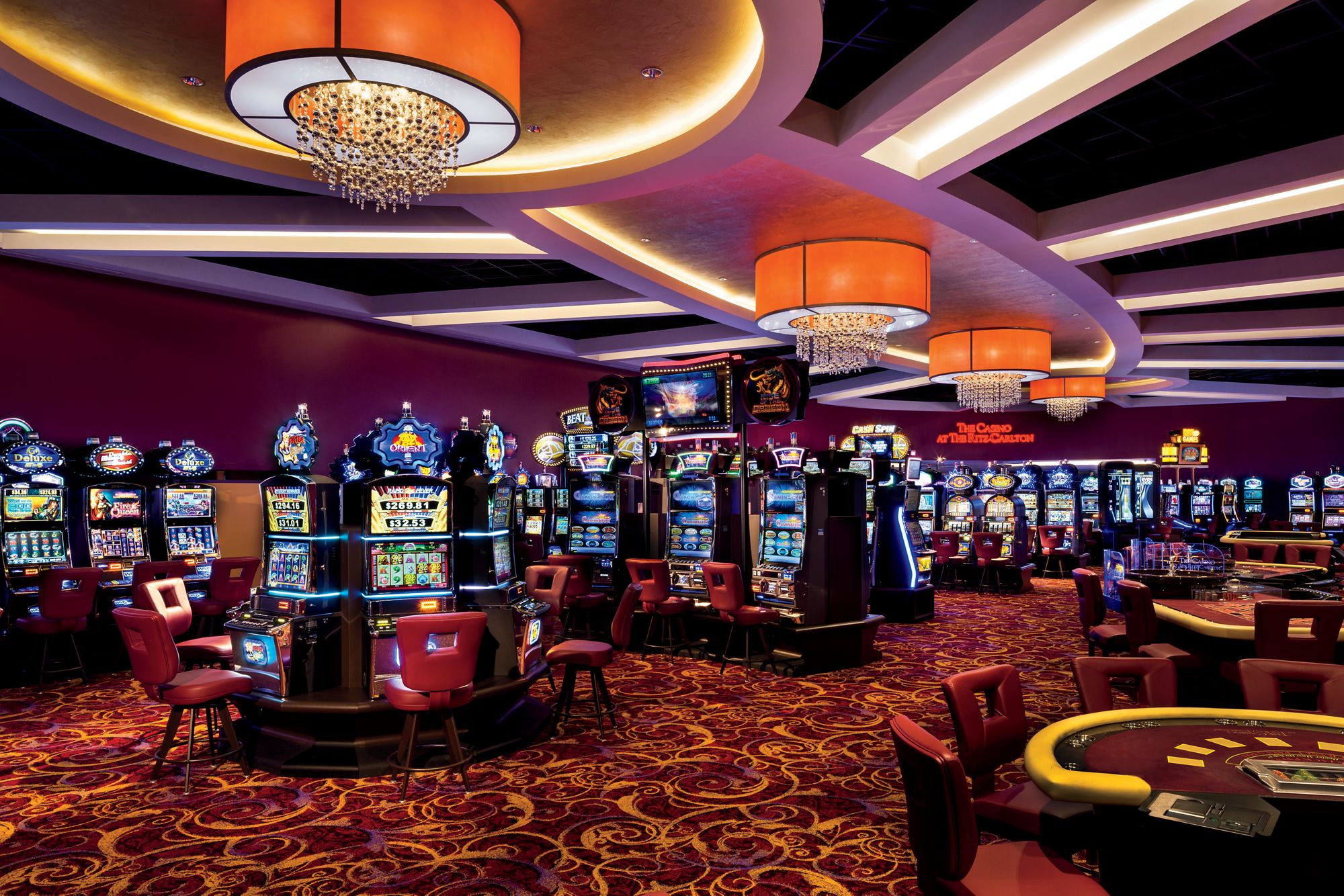The sphere of gambling games has long captivated participants with its combination of excitement, tactics, and the thrill of luck. As technology progresses and the gaming landscape transforms, an exciting approach known as game mechanics has started to reshape the way we experience these traditional activities. By incorporating game-like features such as challenges, incentives, and monitoring advancement, gamification improves player interaction and changes the traditional casino atmosphere into a more interactive and inviting environment.
Gamification in casino entertainment not only appeals to seasoned players but also draws in a new generation of participants who crave a much involved experience. With elements that promote participation and build community among participants, the gamified elements infuse new life into beloved favorites like casino poker, 21, and slot machines. As we dig further into this trend, we will explore how gamification is transforming the casino experience, making it more accessible, fun, and beneficial for all participating.
Understanding Game Elements
Game mechanics denotes the utilization of game-like elements in real-world contexts to improve player engagement and interaction. cá cược thể thao tại mmlive In the domain of gambling, this concept has gathered notable momentum, transforming classic gaming into a much engaging and satisfying experience. By integrating features such as tokens, stages, and prizes, casinos can build an atmosphere that encourages players to participate more frequently and for longer periods.
At the heart of gamification is the want to harness the intrinsic desires of players. Gaming experiences that utilize gamification methods are designed to not only entertain but also to foster competition and success. Players are often attracted to the instant feedback and advancement monitoring that these features provide. This not only retains them involved but also fosters a sense of success as they achieve objectives and access new features.
Furthermore, gamification can boost social engagement among players, fostering a community atmosphere that improves the pleasure of casino games. Elements such as leaderboards, group contests, and teamwork activities allow players to link with fellow players, exchange experiences, and battle in a good-natured manner. This social aspect adds an extra layer to the adventure, rendering it more immersive and satisfying for gamers.
Influence on Gamer Interaction
Game design techniques in casino games have greatly transformed the way players engage with their beloved pastimes. By adding aspects such as prizes, leaderboards, and trophies, gaming platforms create an environment that promotes a deeper bond between gamers and the games they love. This increased engagement leads to longer gaming time and boosted player dedication, as gamers endeavor to reach new milestones or receive exclusive incentives. mmlive
Moreover, the communal aspect of game-based casino games cannot be dismissed. Many sites allow users to challenge against others or other users, which brings a layer of excitement and friendship. This competition drives engagement by tapping into gamers’ desire to win, encouraging them to return for extra in order to enhance their ranking or display their accomplishments. As a result, the connections between players foster a sense of belonging that motivates gamers returning.
Moreover, the prompt recognition and validation provided by gamification serve to encourage users. Whether a notification of a recent milestone or the joy of earning a bonus, these instant gratifications play a vital role in maintaining attention. By continually rewarding players for their efforts, casino games become greater than a pastime; they evolve into an engaging activity that captivates gamers and improves their overall experience.
Trends in Casino Game Design
The landscape of gambling game design is regularly evolving, driven by tech innovations and shifting player preferences. One important trend is the integration of interactive technologies, such as virtual reality and augmented reality, to enhance the gaming experience. Such technologies create a more captivating environment, allowing players to perceive as though they are in a real casino, which can lead to longer play sessions and heightened player satisfaction.
A further trend is the inclusion of narrative elements into casino games. Game designers are focusing on narratives to create a deeper connection between the player and the game. This story-centric approach not only makes the games more enjoyable but also motivates players to engage emotionally, which can enhance their complete experience. By combining traditional gaming mechanics with engaging stories, developers are attracting a broader audience who may not have before engaged with casino games.
Lastly, the growth of social gaming features is reshaping how players interact with casino games. Many games now feature social elements, such as broadcasting achievements or challenging with friends, to promote community and engagement. This trend reflects a move towards a more participatory experience, where players can connect with others, sharing their excitement and struggles. As casinos adapt to these social dynamics, the experience of gaming becomes not just about solo play, but also about building connections among players.

